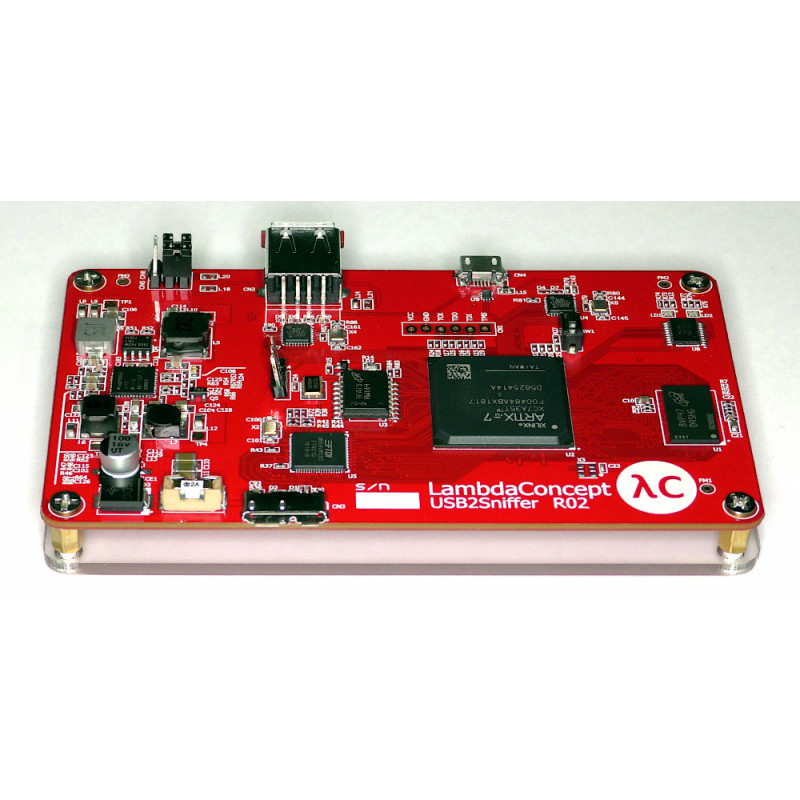
The most widely used speech coding standards in VoIP are based on the linear predictive coding (LPC) and modified discrete cosine transform (MDCT) compression methods. Various codecs exist that optimize the media stream based on application requirements and network bandwidth some implementations rely on narrowband and compressed speech, while others support high-fidelity stereo codecs. They transport media streams using special media delivery protocols that encode audio and video with audio codecs and video codecs. Instead of being transmitted over a circuit-switched network, the digital information is packetized and transmission occurs as IP packets over a packet-switched network. The steps and principles involved in originating VoIP telephone calls are similar to traditional digital telephony and involve signaling, channel setup, digitization of the analog voice signals, and encoding. The terms Internet telephony, broadband telephony, and broadband phone service specifically refer to the provisioning of communications services (voice, fax, SMS, voice-messaging) over the Internet, rather than via the public switched telephone network (PSTN), also known as plain old telephone service (POTS). Voice over Internet Protocol ( VoIP), also called IP telephony, is a method and group of technologies for the delivery of voice communications and multimedia sessions over Internet Protocol (IP) networks, such as the Internet.


Methods of delivering voice communications and multimedia over IP networks


 0 kommentar(er)
0 kommentar(er)
